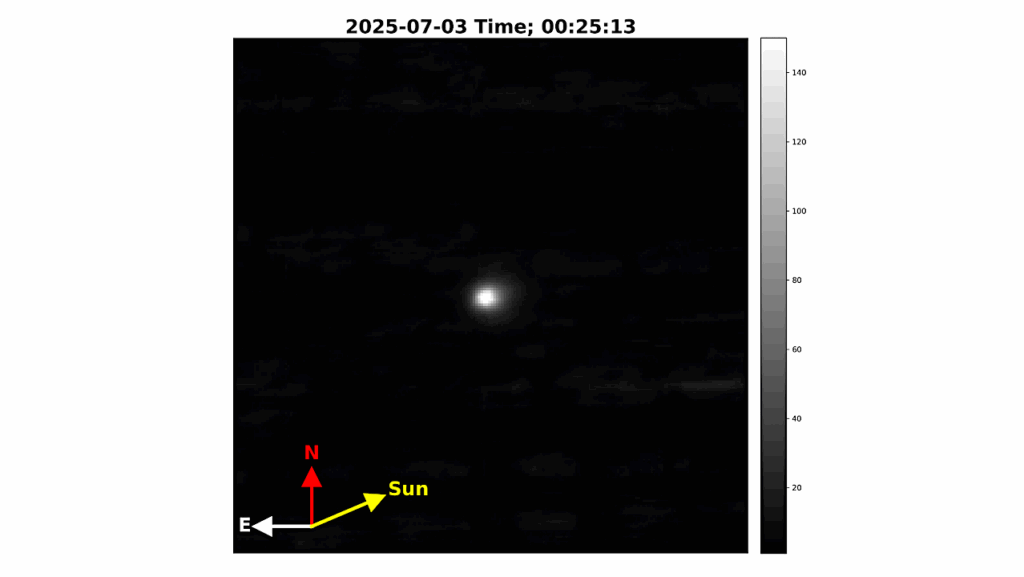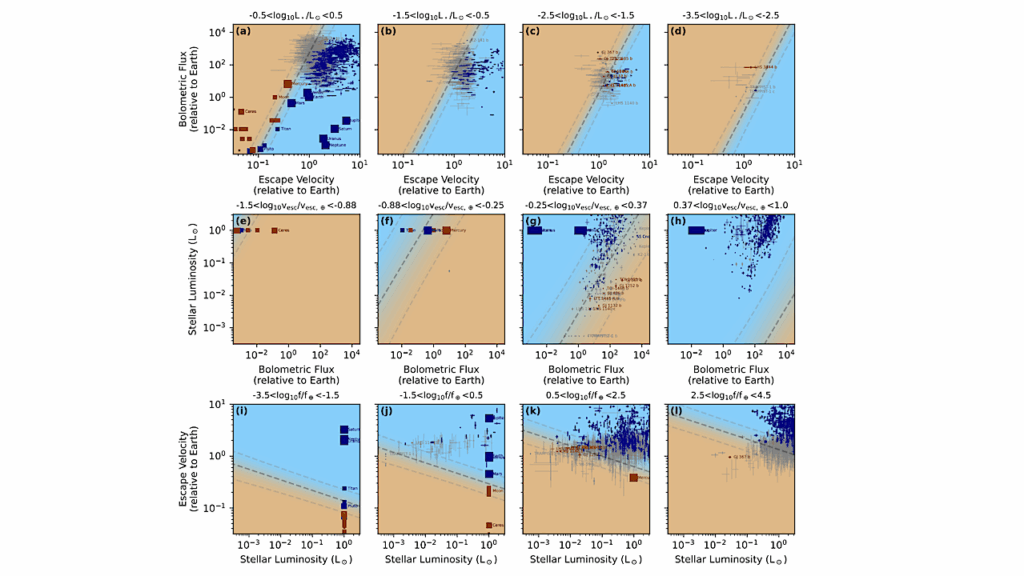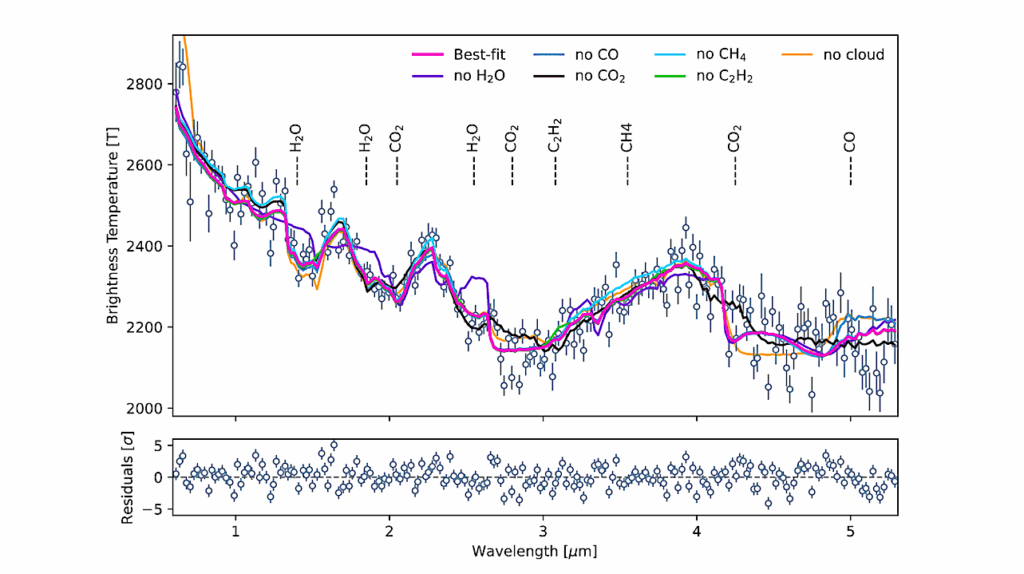Thermal Tides In Neutrally Stratified Atmospheres: Revisiting The Earth’s Precambrian Rotational Equilibrium

Rotational dynamics of the Earth, over geological timescales, have profoundly affected local and global climatic evolution, probably contributing to the evolution of life.
To better retrieve the Earth’s rotational history, and motivated by the published hypothesis of a stabilized length of day during the Precambrian, we examine the effect of thermal tides on the evolution of planetary rotational motion. The hypothesized scenario is contingent upon encountering a resonance in atmospheric Lamb waves, whereby an amplified thermotidal torque cancels the opposing torque of the oceans and solid interior, driving the Earth into a rotational equilibrium. With this scenario in mind, we construct an ab initio model of thermal tides on rocky planets describing a neutrally stratified atmosphere.
The model takes into account dissipative processes with Newtonian cooling and diffusive processes in the planetary boundary layer. We retrieve from this model a closed-form solution for the frequency-dependent tidal torque which captures the main spectral features previously computed using 3D general circulation models. In particular, under longwave heating, diffusive processes near the surface and the delayed thermal response of the ground prove to be responsible for attenuating, and possibly annihilating, the accelerating effect of the thermotidal torque at the resonance.
When applied to the Earth, our model prediction suggests the occurrence of the Lamb resonance in the Phanerozoic, but with an amplitude that is insufficient for the rotational equilibrium. Interestingly, though our study was motivated by the Earth’s history, the generic tidal solution can be straightforwardly and efficiently applied in exoplanetary settings.
Mohammad Farhat, Pierre Auclair-Desrotour, Gwenaël Boué, Russell Deitrick, Jacques Laskar
Comments: 20 pages (+14 for appendices), 6 figures
Subjects: Earth and Planetary Astrophysics (astro-ph.EP); Atmospheric and Oceanic Physics (physics.ao-ph); Geophysics (physics.geo-ph)
Cite as: arXiv:2309.11946 [astro-ph.EP] (or arXiv:2309.11946v1 [astro-ph.EP] for this version)
https://doi.org/10.48550/arXiv.2309.11946
Focus to learn more
Submission history
From: Mohammad Farhat
[v1] Thu, 21 Sep 2023 10:00:34 UTC (3,801 KB)
https://arxiv.org/abs/2309.11946
Astrobiology








